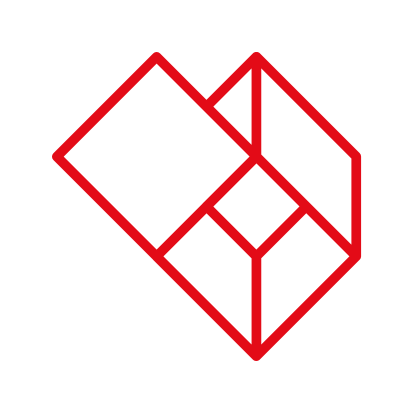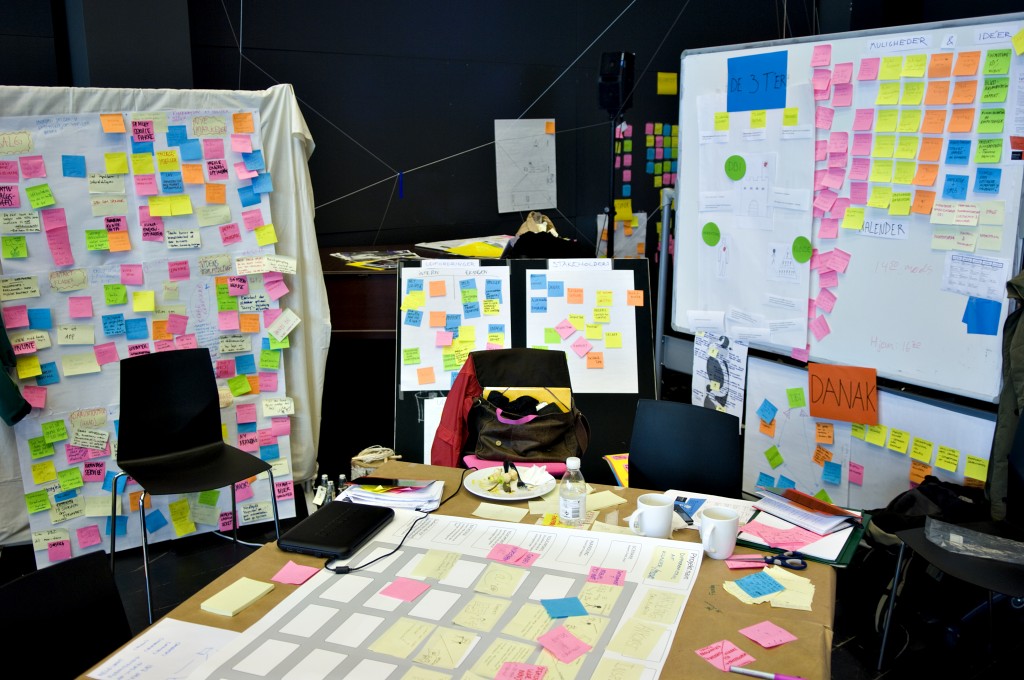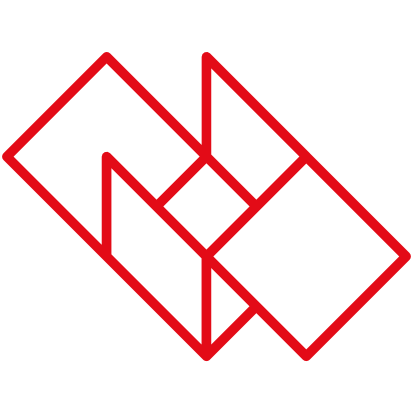Over the last 10-20 years the influence of the physical space on innovation and creativity processes and project ownership has increasingly gained focus. These types of spaces for innovation may vary from high tech rooms to flexible, temporary rooms in which everything can be moved around to enable an integration of the physical space into the work process. It is still discussed whether a specific type of physical room is a necessary prerequisite for creativity and the current research does not provide us with a definitive answer. It is however widely recognized that different physical environments and materials do affect people. Physical spaces are able to surprise and inspire, but most importantly they are able to indicate a shift from something to something else (Darsø, 2013).
Especially the symbolic value of the shift seems to have an impact on the learning process when it comes to innovation. The physical work space or project room, which is not the traditional lecture hall, serves to underline the different format of the course compared to lectures for instance. Above all, it encourages a different way of working, in which visualisations and prototypes are used as much as classic texts and compendiums. Furthermore, the physical space can support a sense of belonging for a team that might not have worked together previously, where the transformation of the physical space might become important in establishing new relationships and building an identity.


